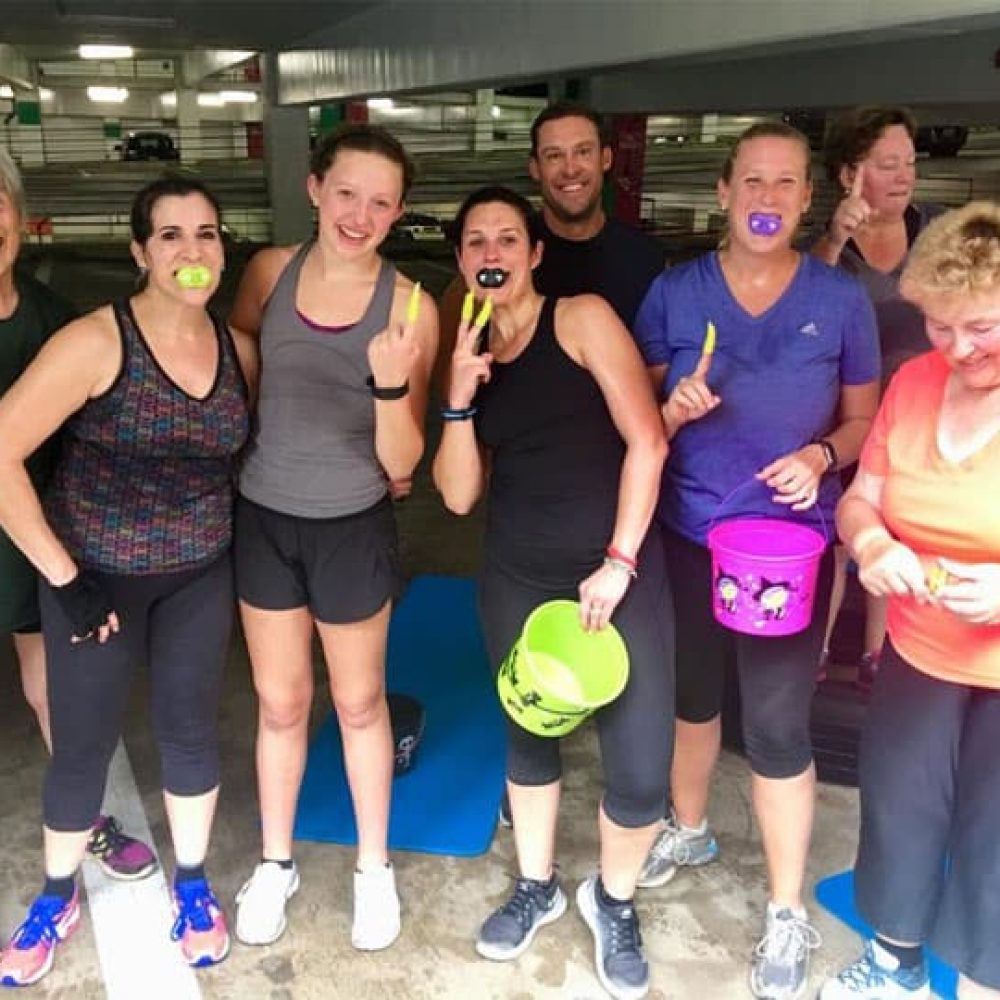 Wouldn’t it be great to understand what causes you to overeat? If you are watching your weight or trying to lose weight, a food log should be an integral part of your weight-loss plan and can help you better understand and control your eating habits. In essence, keeping a daily log of everything you eat and drink is a diet in itself.
Wouldn’t it be great to understand what causes you to overeat? If you are watching your weight or trying to lose weight, a food log should be an integral part of your weight-loss plan and can help you better understand and control your eating habits. In essence, keeping a daily log of everything you eat and drink is a diet in itself.
To start a food log, begin by writing down the food and beverages that you consume each day, including details about the portion size, time of day, and your appetite level at the time of the meal or snack. After this information is input, a nutrient or calorie-counter guide will help you track several key components of what was consumed—fat, calories, carbs, and protein. There are several free online resources that you can utilize to track this data.
In addition to keeping track of the food you eat, also make a note about how you feel at each meal. Were you angry, happy, or stressed out? Did the mood you were in cause you to overeat or to make unhealthy food choices? By tracking these emotions, it will illustrate important trends in your eating and help you to be more conscious of your eating habits and perhaps help you to make a change the next time a frustrating situation arises.
Once you start a food log and keep it for a few weeks, you can go back and look at the daily caloric intake and the way you felt and start to analyze the data. You can use the food log to help you track danger zones (donuts at the office, the cookie jar), underlying reasons for eating besides hunger, what your appetite is like throughout the day, when you have cravings, and what portion sizes you are really consuming. All of this information can be extremely useful in helping you make changes to your diet.
When it’s time to make some changes, it’s important to work on making small, gradual changes to your diet so you can ease into them. Drastic changes to your diet may lead to frustration that could lead to overeating or bingeing.
Here are a few helpful tips to help you maintain your food log:
- Make sure you food log includes everything that you eat and drink every day. Be sure to capture all of the beverages you drink as well. The calories in that caramel mocha coffee drink, can of soda, or your morning orange juice are all part of your daily caloric intake and need to be tracked.
- One of the most common mistakes is forgetting to log foods when you are on the run. Grab a notebook or some paper and make sure it is small enough to put in your purse or briefcase so you can record on the go. If you don’t have time during the day to write everything down, use a voice recorder or the notepad on your phone to note the food you’ve consumed.
- Don’t fudge the entries. Be honest about what you eat and log everything. No one has to see the log but you, and fudging the results will not give you the accurate data you need for tracking purposes.
Starting a food log will help you better understand your eating habits, track your daily caloric intake, take charge of your diet, and get you on your way to achieving your weight-loss goals.

